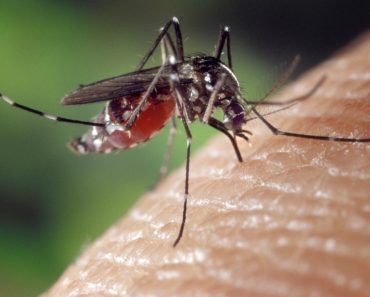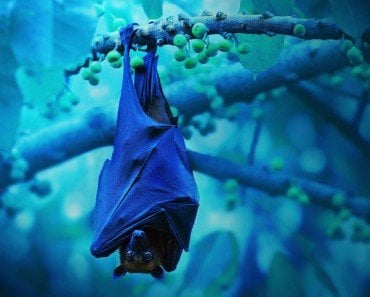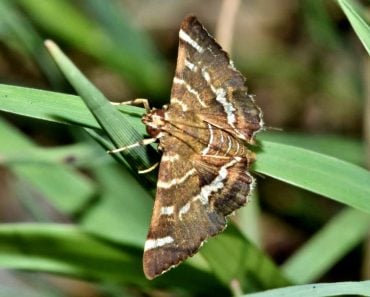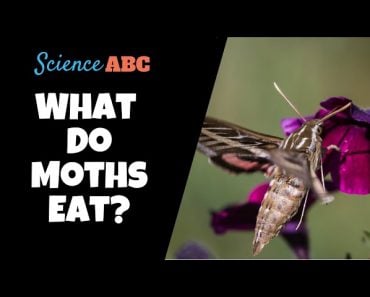A typical vampire bat weighs less than 2 ounces (56 grams) and must consume at least 2 tablespoons (20 grams or 1 ounce) of blood each day. 20 grams doesn’t sound like much from a human perspective, but for vampire bats, that is around 40% of their body weight.
Have you ever wondered how vampires meet their nutritional needs on their blood-exclusive diet? As strange as it may seem, vampires do exist, but only in the form of bats, and not immortal beings.
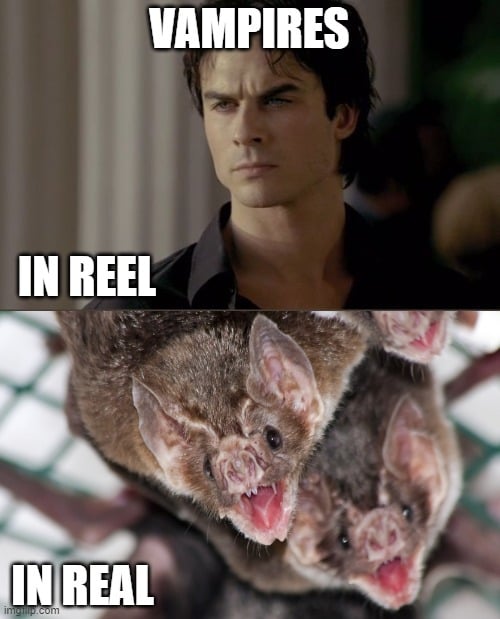
Bats are regular background actors in plenty of creepy, horror movies. We have come to associate bats with darkness and evil, but these poor creatures don’t deserve such a bad reputation. Most bats only eat fruits, while others hunt for insects, but there are some bats that truly feed on blood. These bats are known as vampire bats.
Recommended Video for you:
Vampire Bats
Contrary to most parasites (mosquito, flea, etc.) that belong to the invertebrate group of animals, vampire bats are the only mammalian parasites.
There are no more than three species of bats known as vampire bats that prefer the taste of blood. Such bloodthirsty vampire bats are known as sanguivorous bats, but don’t worry, these vampire bats mostly feed on the blood of animals like cows, horses, and sheep.
The common vampire bat (Desmodus Rotundus) feeds particularly on mammals. White-winged Vampire bats (Diaemus youngi) prefer to feast on the blood of birds, as do Hairy-legged Vampire Bats (Diphylla ecaudata), though they focus mostly on chickens.
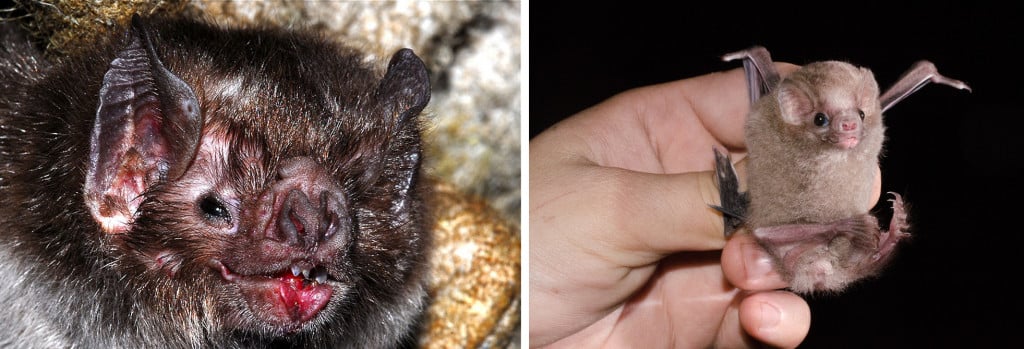
These three species of blood-suckers have evolved from their fellow bat species due to some morphological and physiological adaptations. Vampire bats have sharp incisors and canines that allow them to easily nick through their prey’s skin.
Special Features That Help Vampire Bats Drink Blood
Imagine a common vampire bat named Batso lurking around trees at night, looking for the perfect prey. While flying around, Batso notices a horse, and prepares to land on the horse unnoticed.
Batso uses his heat sensors to locate the juiciest part of the horse. Thanks to the ‘pit organs’ located near their nose, vampire bats can detect hot spots on their prey’s skin. The blood flows quite close to the skin in these hot spots. The area around the nose of the vampire bat is 9 °C lower than the parts around it. Their implicit power of thermo perception has helped Batso select a suitable site to bite.
Batso then gently lands on the target site on the horse and bites into the skin using his razor-sharp teeth. However, the horse cannot feel the bite due to an anesthetic substance present in the vampire bat’s saliva.
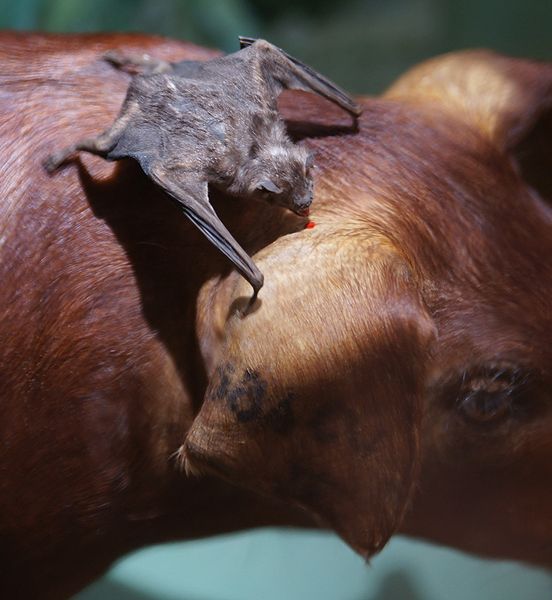
Batso then licks the wound to spread his anti-coagulant saliva, which keeps the blood flowing. Vampire bat saliva contains a special protein called desmoteplase or in layman’s terms, draculin. It acts as an anti-coagulant, meaning that it prevents the clotting of the prey’s blood, thus allowing an uninterrupted flow of blood.
Owing to its anticoagulant property, scientists are now considering the application of draculin in drugs that can prevent brain strokes. Brain strokes are caused when a blood clot blocks the flow of blood to the brain. Draculin can prevent strokes by interfering with the process of blood clot formation, preventing a dangerous buildup of pressure.
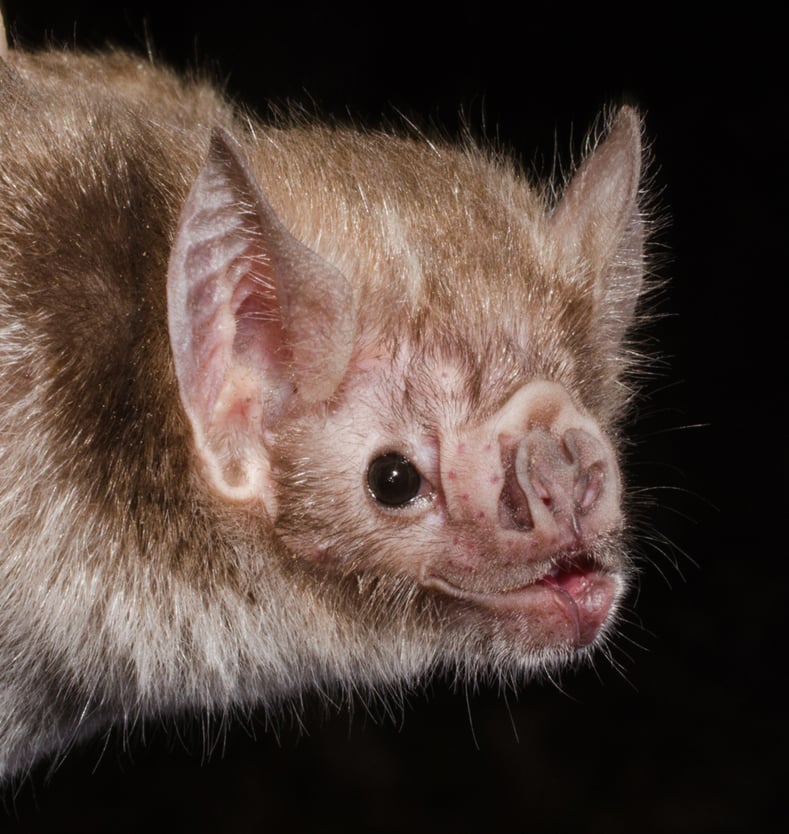
Contrary to what many believe, bats don’t actually “suck” the blood from their prey. Instead, their tongues are lined with lateral grooves that allow the blood to flow in effortlessly. This is due to capillary action, causing the blood to flow against gravity into the bat’s mouth using those grooves. Thus, Batso laps up the blood from the horse using this unique tongue.
15 minutes into his supper, Batso starts peeing while drinking the blood. This is because the digestive system of vampire bats has developed ways to eliminate excess water and urea efficiently from the prey’s blood. In fact, they can start to pee within 2 minutes of feeding!
With his stomach full, Batso flies back home to a cave far away.
How Do These Bats Manage To Survive On Blood Alone?
From a nutritional perspective, blood can be a tricky diet. About 78% of blood is in the liquid phase, while the remaining dry phase consists of approximately 93% protein and only around 1% carbohydrates. Due to the lack of calories in their blood-based diet, bats must consume 1.4 times their body weight in blood.
A typical vampire bat weighs less than 2 ounces (56 grams) and must consume at least 2 tablespoons (20 grams or 1 ounce) of blood each day. 20 grams doesn’t sound like much from a human perspective, but for vampire bats, that is around 40% of their body weight. To help you understand this better, imagine eating 20-25 kg food every day to survive.
Given the lack of calories in their diet, how do vampire bats survive on blood?
How Did Vampire Bats Evolve To Survive On Blood Alone?
According to research published in Science Advances, scientists found that the loss of 13 genes in vampire bats over the course of their evolution may be the reason why they can survive on blood. Of these 13 genes, 10 were previously unknown gene losses. By losing some genes, the vampire bats were able to adapt to their blood-thirsty lifestyle.
For instance, vampire bats lost three genes relating to sweet and bitter taste receptors. As the term suggests, taste receptors help distinguish between foods based on their taste. When your only food is blood, the presence of taste receptors seems quite useless.
The bat has also lost a gene (REP15) that regulates the uptake of iron in their body. As you may know, blood contains high levels of iron and an overload of iron can have damaging effects on the body. Therefore, by losing the REP15 gene, bats have less iron absorption and enhanced excretion of iron from their body. This gene loss is especially necessary since bats consume 800 times more iron than humans.
This, along with the loss of the other genes, can explain vampire bats’ unusual adjustment to their gruesome diet of blood.
A Final Word
Vampire bats exhibit numerous morphological and physiological adaptations to suit their blood-feeding habits. During the course of their evolution, the three species of sanguivorous bats underwent genetic mutation that resulted in the loss of 13 genes that have helped them adjust to their bloody diet.
Needless to say, these parasitic mammals do pose a health hazard to animals and occasionally to humans. Some of these bats also carry the deadly rabies disease, so it is fairly common for animals to contract rabies after being bitten and drained of some blood during a vampire bat’s evening meal!
References (click to expand)
- VAMPIRE BATS – The Good, the Bad, and the Amazing. Texas Tech University
- How Vampire Bats Find A Vein - Smithsonian Magazine. Smithsonian
- Blumer, M., Brown, T., Freitas, M. B., Destro, A. L., Oliveira, J. A., Morales, A. E., … Hiller, M. (2022, March 25). Gene losses in the common vampire bat illuminate molecular adaptations to blood feeding. Science Advances. American Association for the Advancement of Science (AAAS).
- Zepeda Mendoza, M. L., Xiong, Z., Escalera-Zamudio, M., Runge, A. K., Thézé, J., Streicker, D., … Gilbert, M. P. T. (2018, February 19). Hologenomic adaptations underlying the evolution of sanguivory in the common vampire bat. Nature Ecology & Evolution. Springer Science and Business Media LLC.
- Lost Genes Explain Vampire Bats' Diet of Blood. Scientific American

